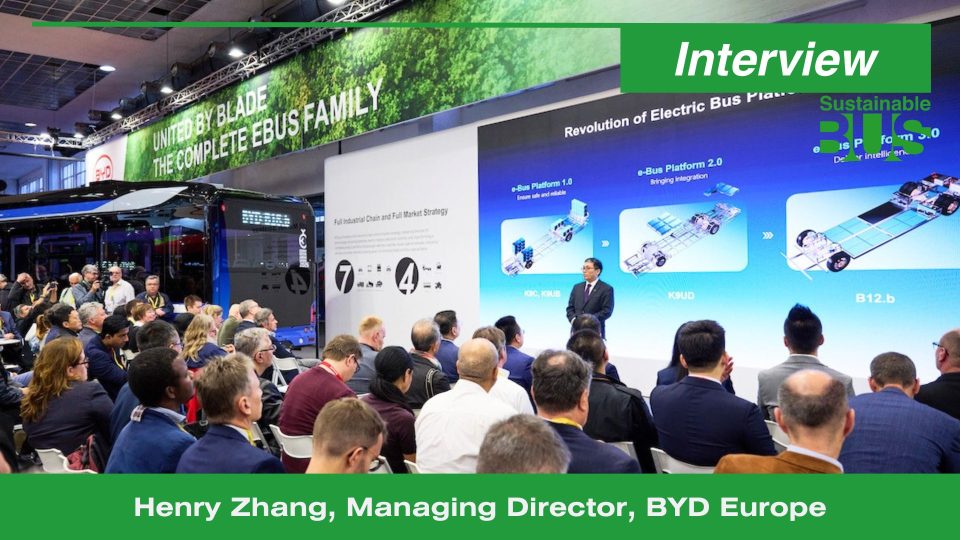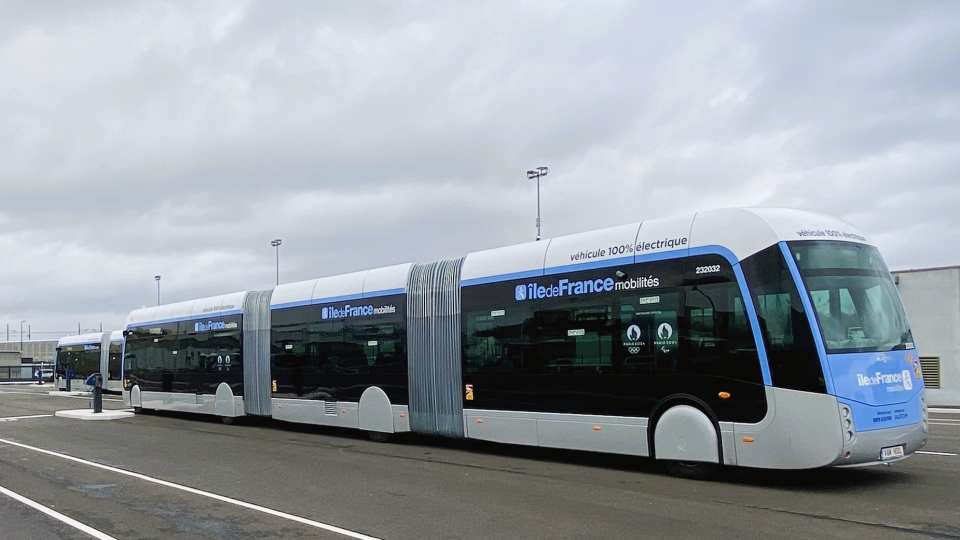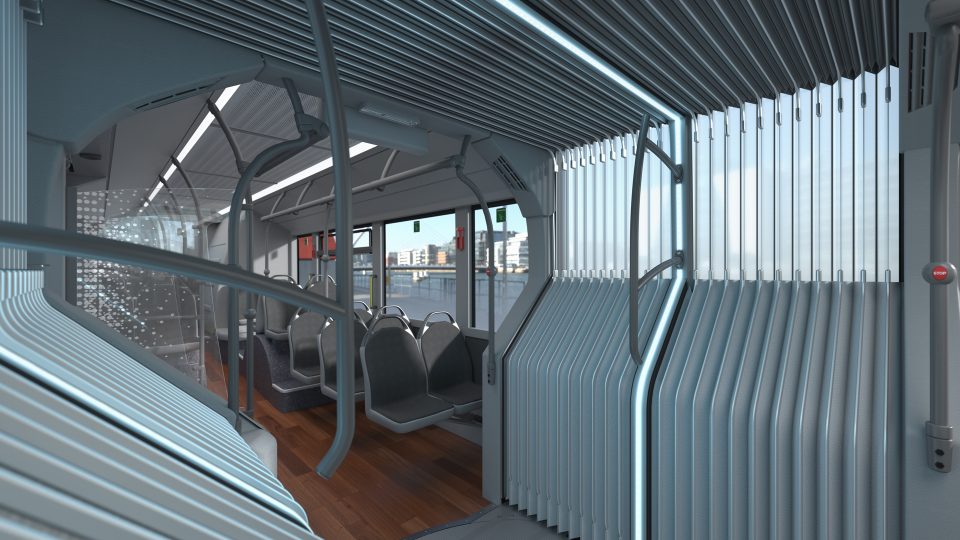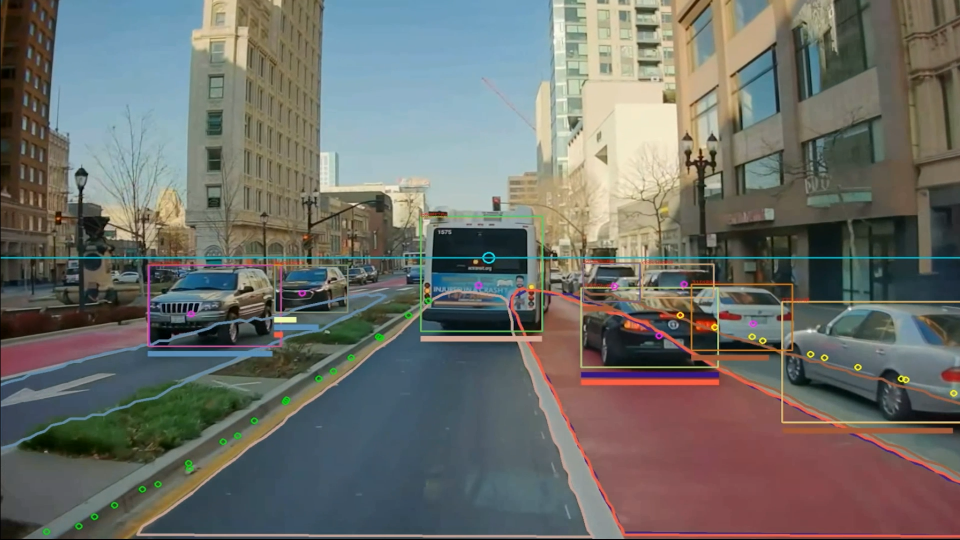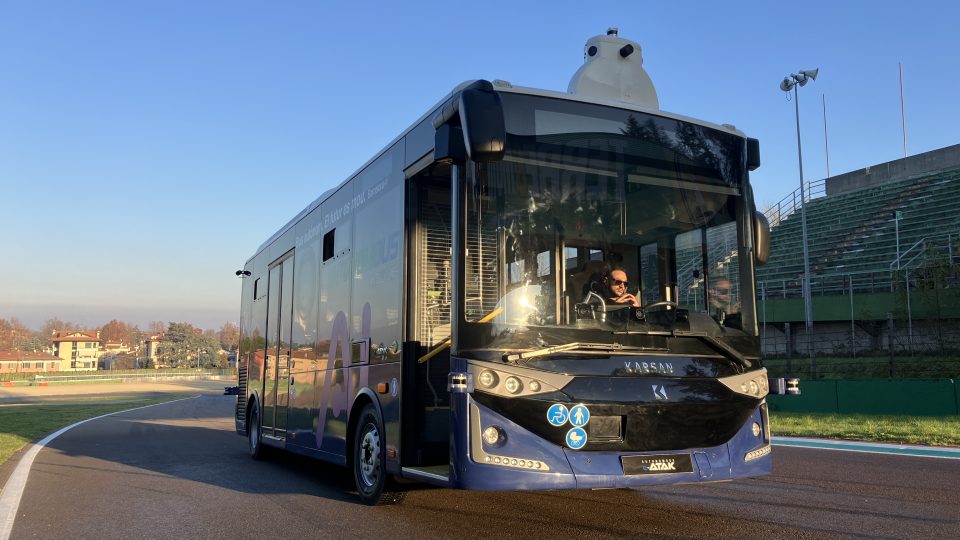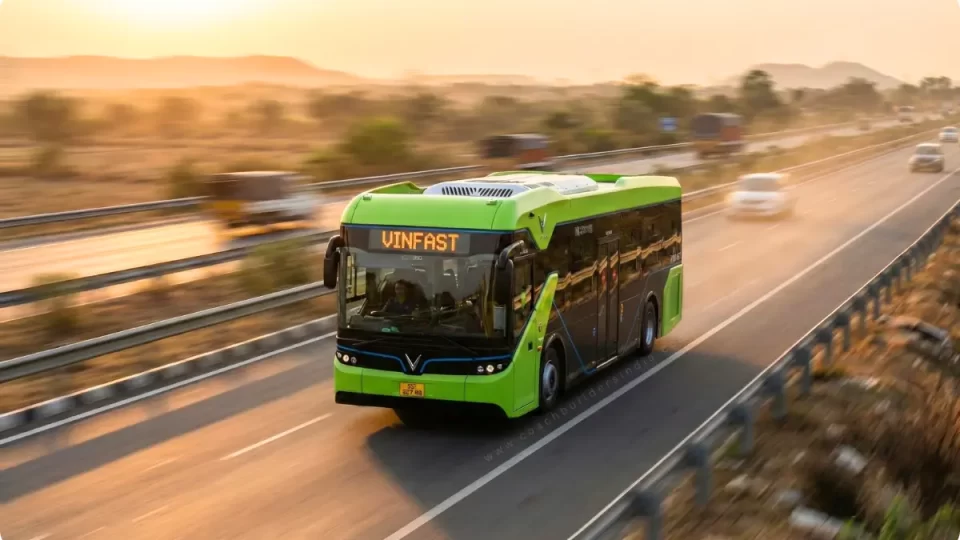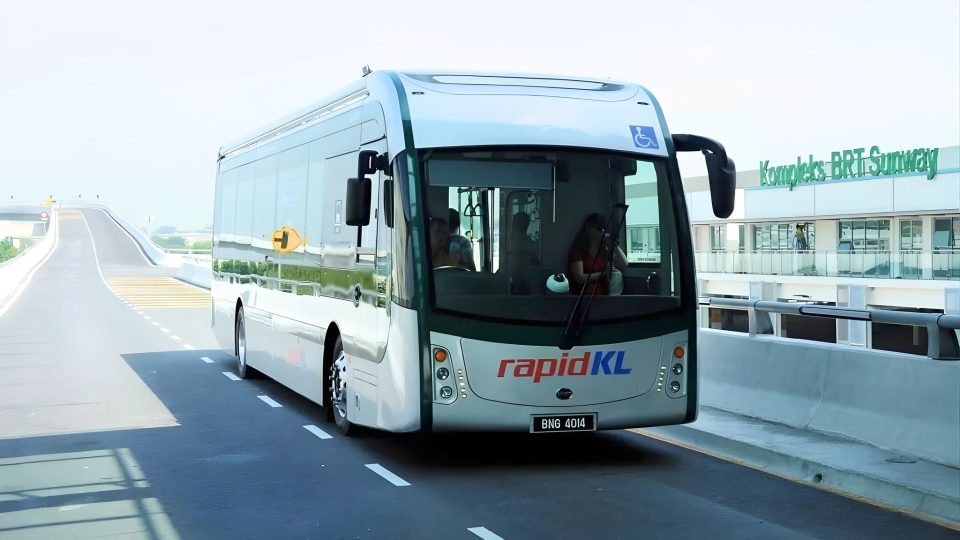London reaches 2,000 zero emission buses, making over 20% of TfL fleet
London has surpassed the milestone of 2,000 zero-emission buses in active service, marking a key achievement in Transport for London’s (TfL) broader transition toward a fully decarbonised bus fleet by 2030. With this development, the capital now operates the largest zero-emission bus fleet in Western Europe—outpacing other major cities such as Paris, Berlin, and Madrid. […]
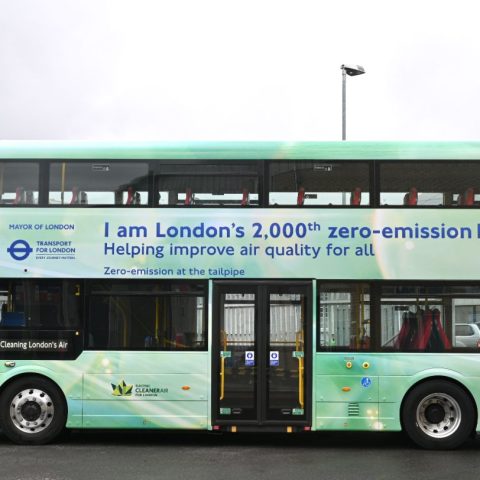
London has surpassed the milestone of 2,000 zero-emission buses in active service, marking a key achievement in Transport for London’s (TfL) broader transition toward a fully decarbonised bus fleet by 2030. With this development, the capital now operates the largest zero-emission bus fleet in Western Europe—outpacing other major cities such as Paris, Berlin, and Madrid.
As of today, two in every nine of London’s world-famous red buses have now gone green, which is more than 20 per cent of the entire bus fleet. 107 bus lines are fully electrified.
This figure reflects a significant growth from 2016, when only 30 zero-emission vehicles operated within London’s bus network. The city has the goal of reaching 100% within five years. The latest addition to the electric network is route 337, now fully electric and operated by Transport UK with new Wrightbus Electroliner vehicles.
Transport for London: fully zero emission bus fleet in 2030
The ongoing transition is part of a broader initiative to address air pollution and the climate emergency in London. TfL estimates that shifting to a fully zero-emission fleet will reduce carbon emissions by approximately five million tonnes over the next two decades.
TfL’s zero-emission strategy also has implications for the UK manufacturing sector. The procurement of battery-electric and hydrogen-powered buses has supported approximately 3,000 green jobs nationally, particularly in areas such as Ballymena, Falkirk, and Scarborough. A recent contract awarded to Wrightbus includes an order for 75 additional vehicles, bolstering production capacity and supply chain employment across 47 UK and Irish counties, TfL states in a press note.
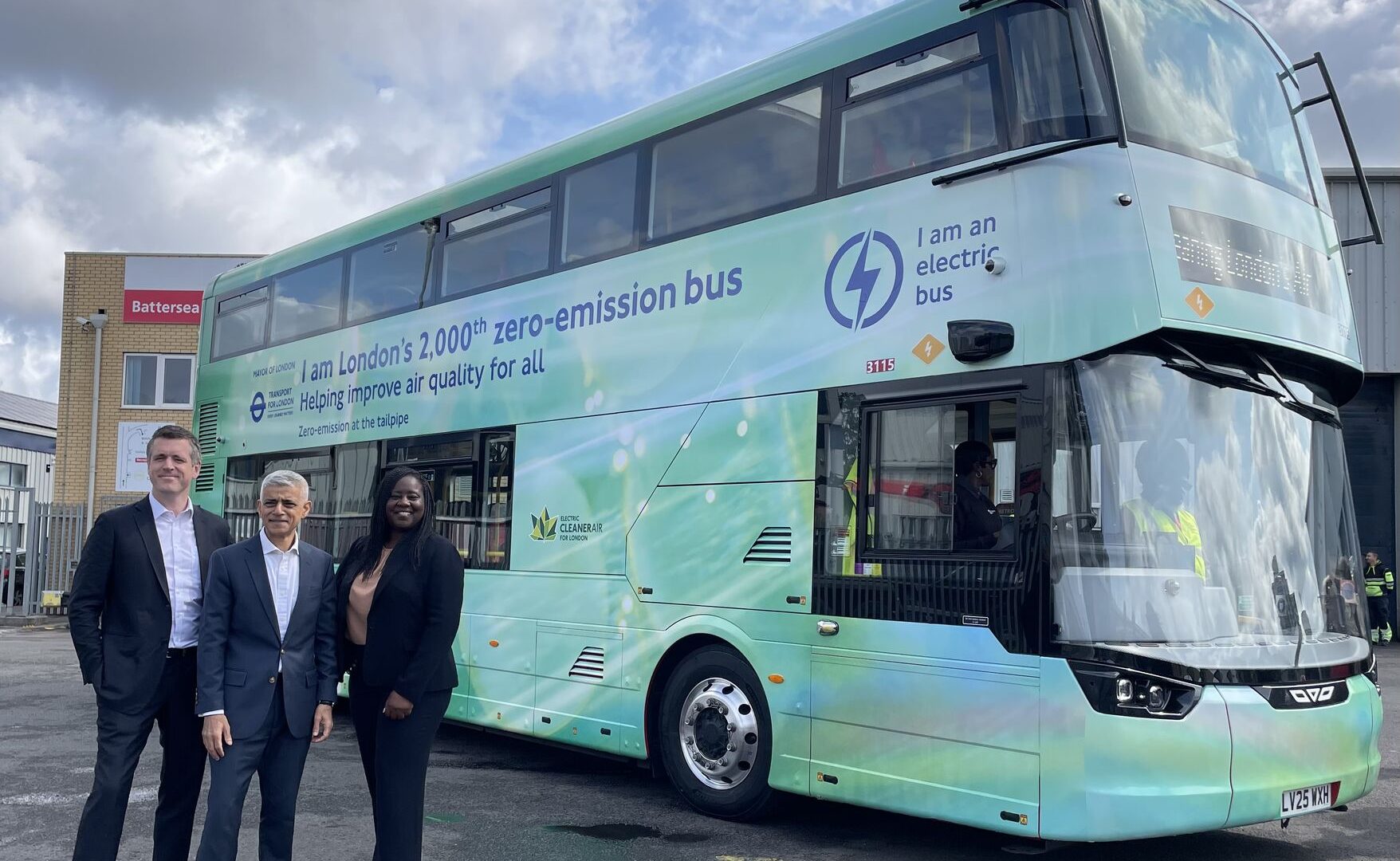
The zero-emission transition aligns with broader goals set out in TfL’s Bus Action Plan and Bus Safety Strategy. All new buses entering service meet zero-emission standards, and existing vehicles conform to Euro VI regulations, consistent with the capital’s Ultra Low Emission Zone (ULEZ). In terms of design and safety, the electric buses incorporate advanced features such as camera-based monitoring systems, improved driver visibility, speed-limiting technology, and audible pedestrian warnings.
TfL strengthens that its bus electrification roadmap is complemented by service enhancements. These include new and extended bus lanes, improved interchange points, and upgraded passenger information systems aimed at increasing ridership and operational efficiency. The Superloop, an express network of orbital bus routes launched in 2023, adds over six million kilometres to London’s annual bus service provision and is a key example of TfL’s efforts to improve accessibility and speed across outer boroughs.
Beyond the core battery-electric fleet, London also operates 20 hydrogen fuel cell buses and continues to trial innovative charging technologies, such as pantograph systems on route 358, which allow high-speed charging at terminals without returning to depots.
London has 107 full electric lines. The comments
David Cutts, Managing Director of Transport UK London Bus since late 2024, said: “Having more than 2,000 zero-emission buses in London’s fleet is a momentous milestone and I am delighted that the Mayor commemorated it by visiting south-west London. Working with Transport for London and our supply chain, Transport UK are showcasing world-class public transport, in the process improving air quality and helping to secure UK-based employment. As a result of this partnership, all six of our garages run zero-emission services and with sustained investment over the next few years, we will collectively achieve decarbonisation of the entire red bus network.”
Jean-Marc Gales, Wrightbus CEO, said: “This is a landmark moment for London and for Wrightbus and one we’re proud to be a part of. Public transport is leading the way in the zero-emission transition, and we are delighted to support Mayor Sadiq Khan’s tireless efforts to improve air quality, reduce carbon and support UK manufacturing. We’re also pleased to announce our exclusive five-year partnership with Transport UK, which will see its fleet bolstered by 75 additional Wrightbus zero-emission vehicles in 2025 alone. Every Wrightbus in service on the streets of London thanks to this partnership helps to support good, green skilled jobs and the wider manufacturing sector across the UK”.
Marsha de Cordova, MP for Battersea, said: “It was wonderful to have the Mayor of London to open the capital’s newest fully electric bus route for the 337 starting here in the heart of Battersea, taking us one step closer to a fully zero-emission bus fleet. Londoners want to be able to travel on affordable buses that are mindful of the environment, cutting emissions, improving health and providing clean, green jobs at the same time. As London’s 2000th zero-emissions bus, the new and improved 337 will play a key role in helping us get there.”
Anna Krajinska, UK Director at T&E UK, Europe’s leading advocates for clean transport and energy, said: “Investment in greener buses isn’t just a win for the climate – it’s a blueprint for green growth. TfL’s zero-emission bus fleet is a great example of smart climate action that secures jobs and strengthens the UK’s clean tech supply chain.”
Rob Anderson, Research Director at Centre for London, said: “London’s buses are the engines of life, work and leisure on the city’s roads. They are a symbol of our city’s heritage and connectivity across every community in the capital, representing every Londoner no matter their background. It is very encouraging to see continued progress made on reducing the carbon impact from our public transport network, benefitting London’s economy and air quality in equal measure. Decarbonising London is an urgent priority as we approach a critical moment in global environmental policy, and it is welcome that the Mayor and Transport for London are leading the transformation. Data from our survey partnership with Savanta has found that two thirds of Londoners consider it important to them that London achieves net zero by 2030, with more than half of Londoners feeling personally impacted by climate change. As our latest report on Health-led Placemaking in London Bridge showed, the quality of our public realm and its environment has a much larger impact on the city’s workers than just its appearance. With more than a fifth of the capital’s red buses now zero-emission, it sets a standard for other global cities in the importance of promoting sustainable travel to support economic growth, resident wellbeing, and the connectivity of a thriving capital.”

